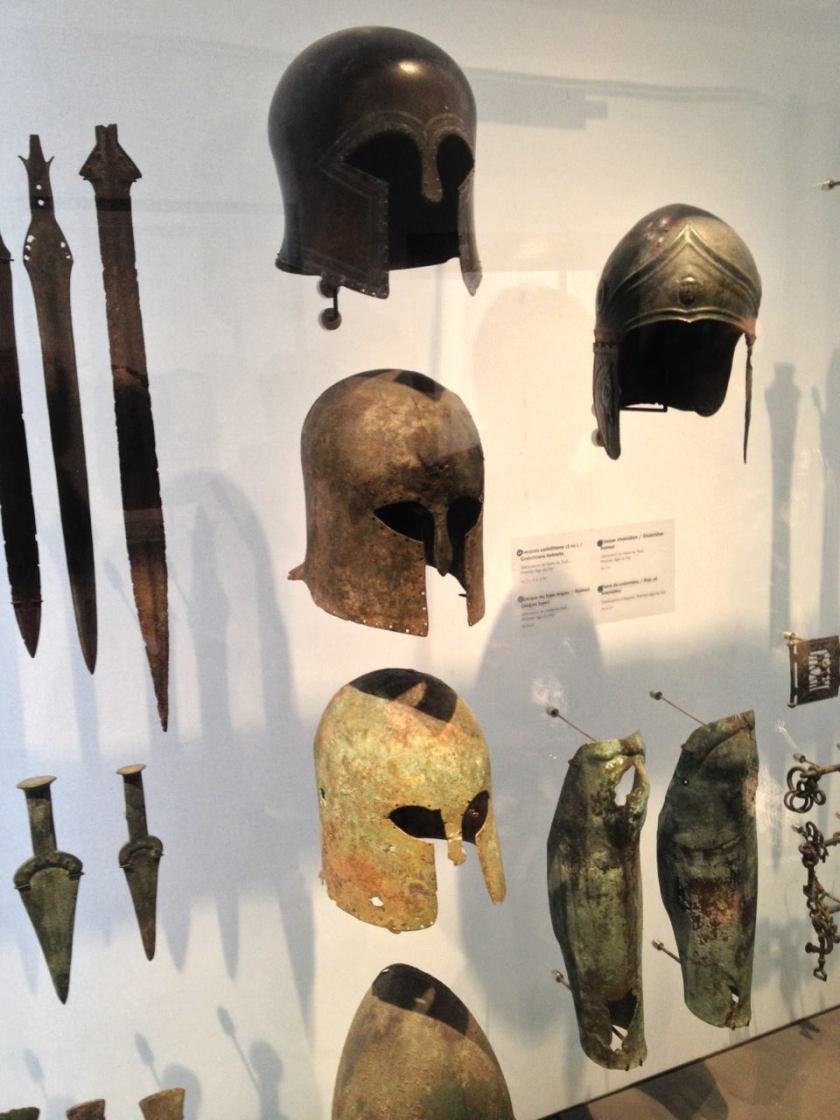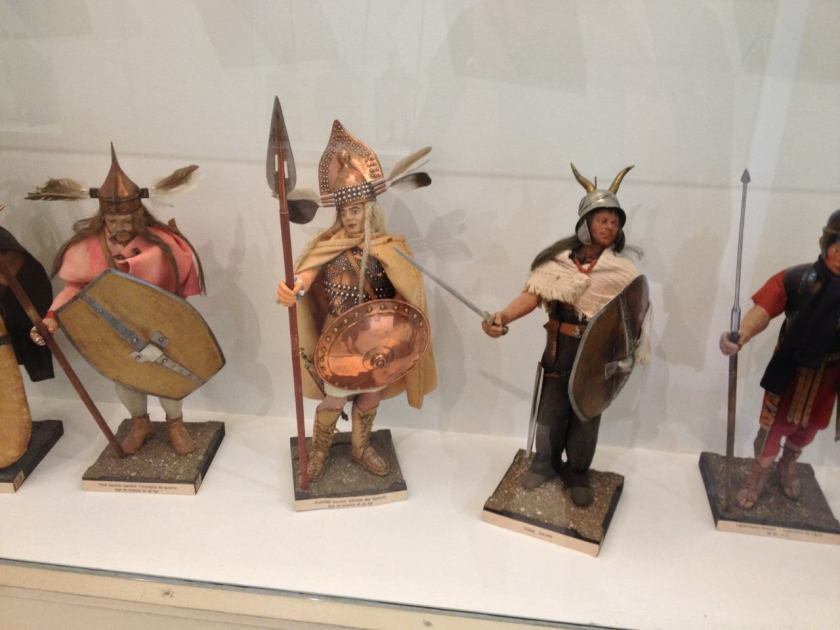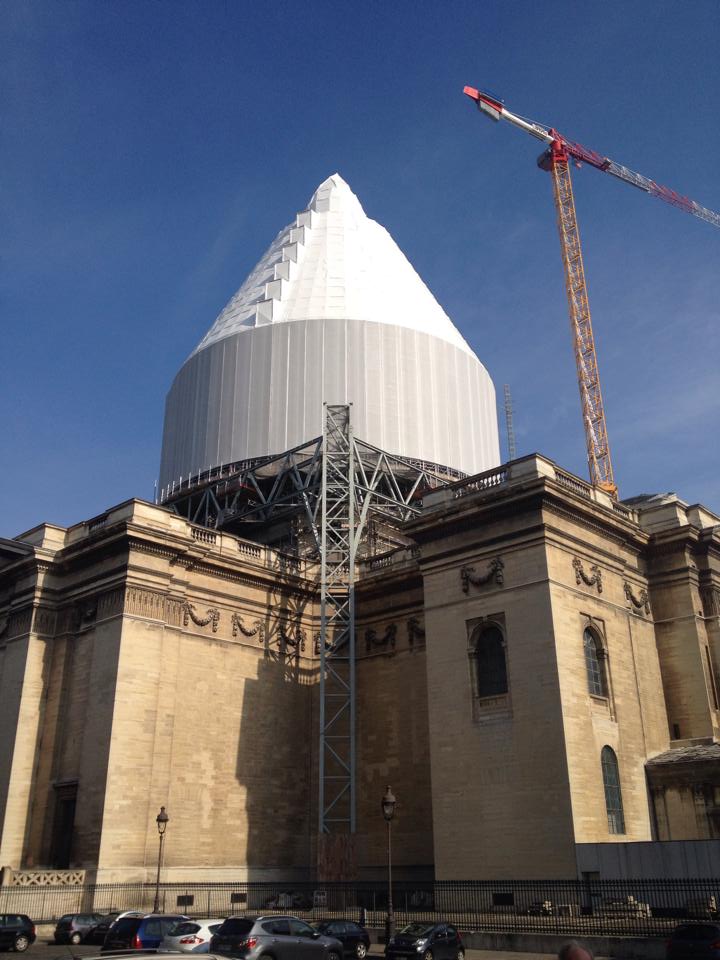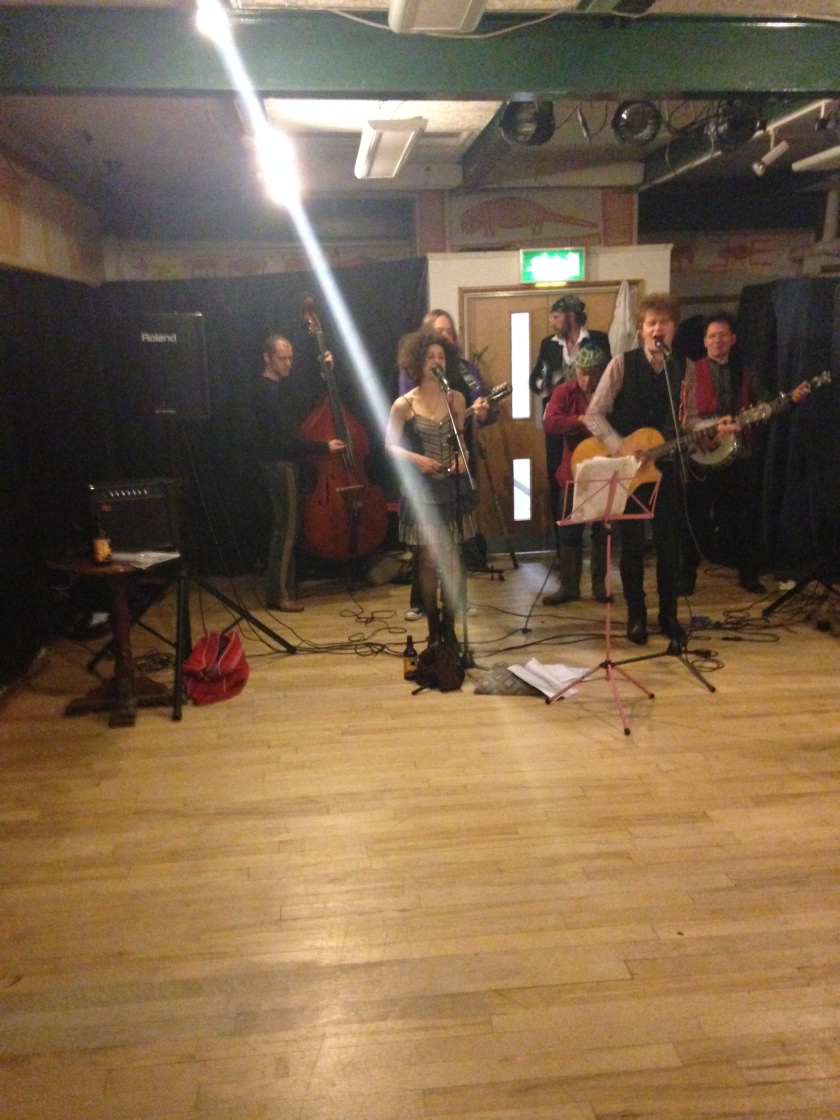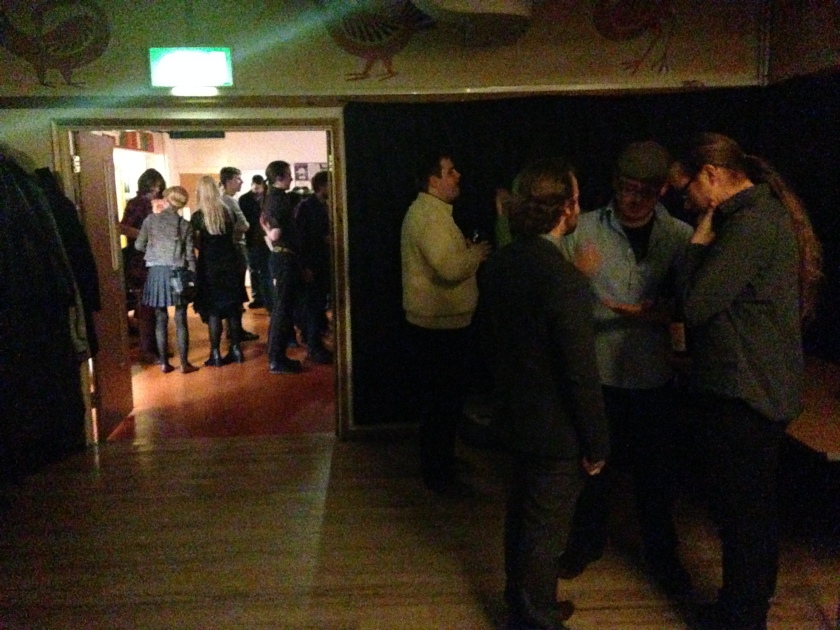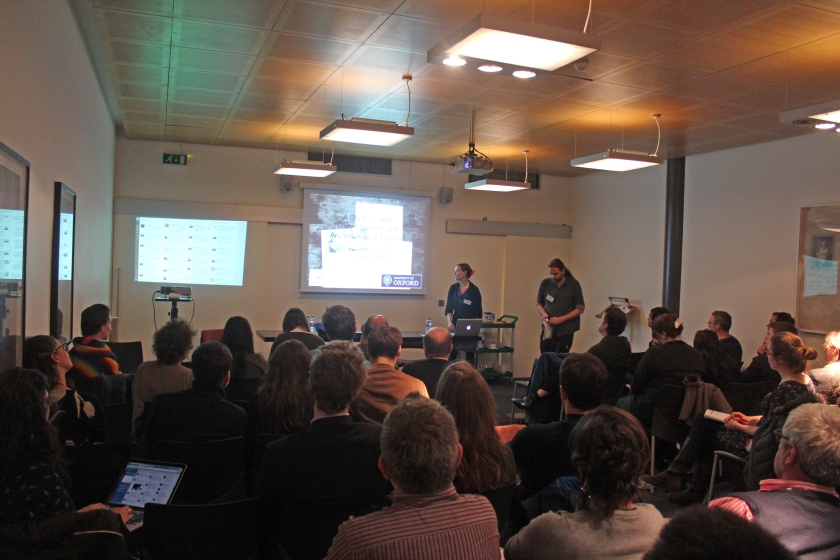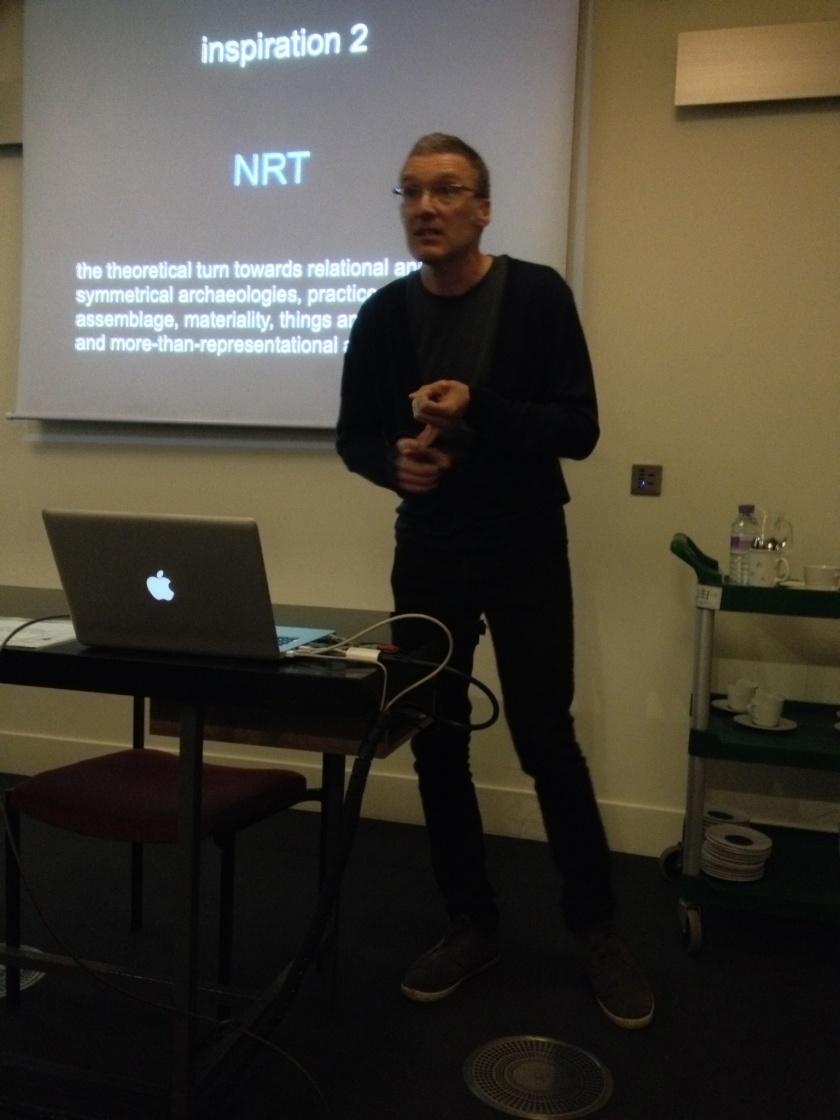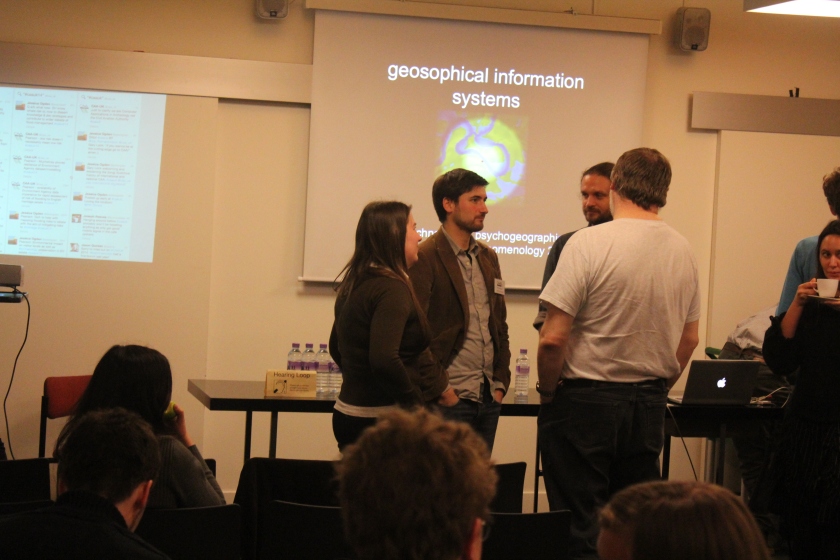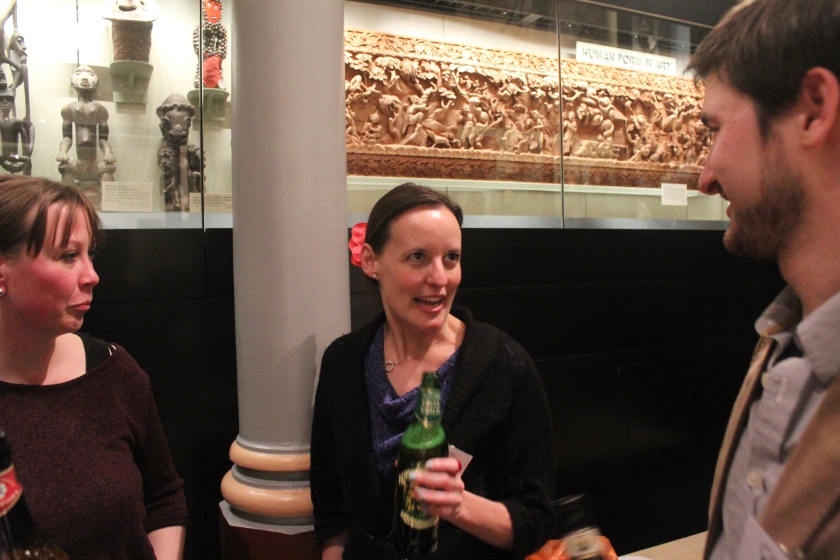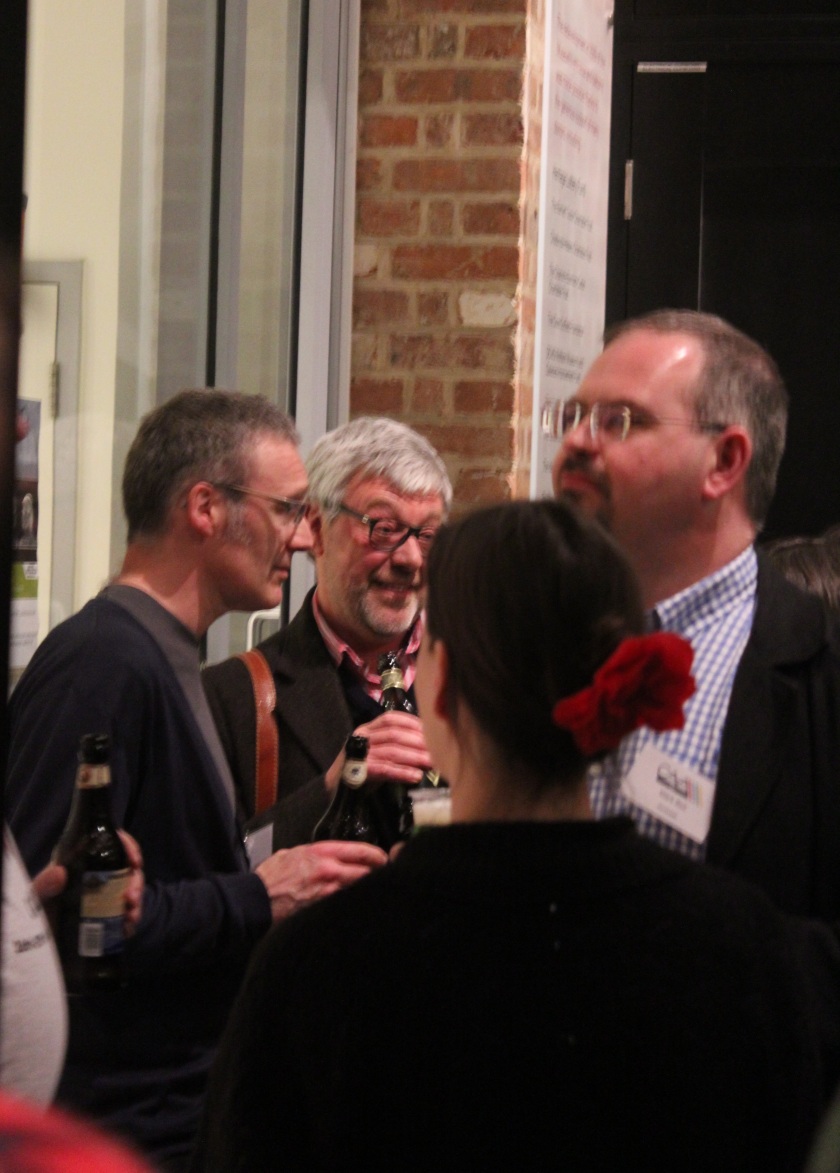On 23 and 24 September 2015, the EngLaId conference ‘Past Landscapes and Communities’ took place at Keble College, Oxford. Researchers from 7 different European countries attended this two-day event, including specialists in later prehistoric, Roman and early medieval archaeology and history as well as GIS and landscape archaeology. This two-day event was structured around the broad themes of ‘identity’, ‘community’ and ‘landscape’, focusing on specific questions such as:
- How can we model and visualize the use and history of landscapes in the past using multiple/large datasets?
- How do material culture, spatial distribution, and landscape lead us to understand past identities?
- Can we explore community identities and histories in the long term (and across disciplinary period boundaries)?
- How does the situation in England compare to other regions within Europe?
A twitter feed was maintained for the duration of the entire event by the EngLaId team (see http://storify.com/EngLaID_Oxford/past-landscapes-and-communities). In what follows, the conference highlights are summarised on the basis of a series of photographs taken by EngLaId project artist, Miranda Creswell. At the outset, thanks very much to all participants, speakers, chairs, as well as a HUGE thank you to EngLaId’s Laura Morley for organising a seamless event!

Day 1: Wednesday 23 September 2015
At 9 am on Wednesday, EngLaId project PI Chris Gosden started the day off with the bold statement that he has definitively solved the concept of ‘identity’.

This was followed by the first ‘proper’ session of the day, expertly chaired by David Fontijn (Universiteit Leiden, Netherlands).
The first talk was by Alex Smith from the University of Reading, summarising some of the key findings of the Roman Rural Settlement project in his talk Identity in rural Roman Britain. Some of the results of this excellent Big Data project, bringing together rural settlement data from developer-funded excavations with a focus on portable material culture and agricultural practices, are now available on-line at http://archaeologydataservice.ac.uk/archives/view/romangl/.

The first session of the day was concluded by Mads Holst of Aarhus Universitet (Denmark) in a stimulating and beautifully presented talk entitled Collective manifestations in a herding landscape, which focused on agricultural regimes, the impact of barrow construction and settlement patterns in the later prehistoric landscapes of Jutland.

After a short coffee break, the day resumed with a three-paper session focusing on GIS methodologies, chaired by Roger Thomas of Historic England.
Mark Gillings from the University of Leicester kicked off with a fascinating talk about the little standing stones (and they really are _very_ little) from Exmoor, SW England, exploring the concept of Geosophical Information Systems in his talk Now you see me, now you don’t? Mapping the fugitive & invisible. Extensive processing time led to some interesting invisibility-viewsheds and the conclusion that we need to reconsider the significance of these stone arrangements.

After this, team EngLaId presented again, this time a double-act from GIS expert Chris Green and DPhil candidate Victoria Donnelly, entitled Embrace the chaos: structuring affordances and the PPG16 Big Bang. This drew together some of the highlights of their important research into the factors affecting archaeological patterning, such as archaeological investigation patterns and other ‘affordances’ (see previous blogs here and here for Dr Green’s discussion of the concept of ‘affordance’ in this context).

The final paper in this session was presented by Philip Verhagen from the Vrije Universiteit Amsterdam (Netherlands), presenting joint research with French colleagues Laure Nunninger & Frédérique Bertoncello. His talk was entitled From static distribution maps to dynamic models of occupation: rethinking spatial analysis of Roman rural settlement in France & the Netherlands, and compared different regions in France and the southern Netherlands.


The discussion that followed made it very clear that this was going to be an excellent if exhausting two days (readily admitted by some of the attendees on the twitter feed!), and we retired for a well-deserved spot of lunch in Keble’s impressively huge dining room.
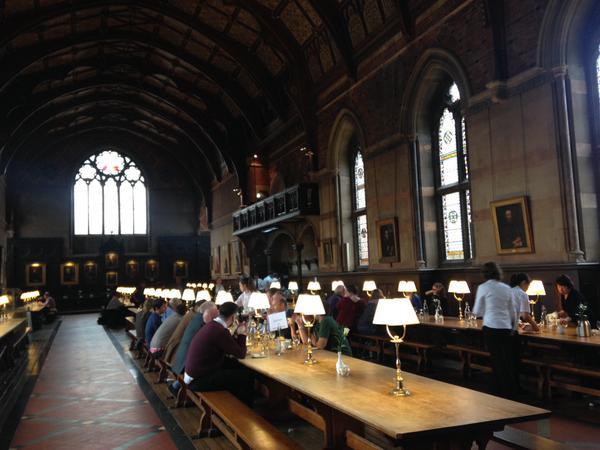
After lunch, we entered the historical period with a stimulating talk by Grenville Astill from the University of Reading, who questioned existing assumptions about village nucleation and the development of England’s open field system in his talk Medieval fields, farming and villages – the basis of a communal English identity? Taking the bull by the horns, Grenville questioned whether a typical ‘English’ rural identity, focused on the village community, already existed prior to the 12th century AD, or whether the preceding period should be understood as a succession of different identities that eventually crystallised into a more familiar ‘village’ identity. Emphasising the importance of agricultural activity as the basis of human society, Grenville also drew attention to the high number of medieval documented murders that took place in fields in the context of day to day agricultural practices.

This session, which was chaired by Helena Hamerow of the University of Oxford, was followed by Alexandra Chavarría of the Università di Padova (Italy) who, on behalf of herself and Gian Pietro Brogiolo, discussed several impressive large-scale landscape projects carried out in the Colli Eugeni region in northern Italy (see http://www.memolaproject.eu/).


The final session of the day was chaired by Mark Pollard of the University of Oxford. The first paper was a double act by Johanna Hilpert and Karl Peter Wendt of the Universität zu Köln (Germany), who presented their research (together with Andreas Zimmermann) on modelling population densities in the long term in their paper Patterns of demographic change and land use in sedentary societies.


This was followed by another German talk, entitled Feeding from dense & sparsely populated surroundings – aspects of Early Iron Age communities in southern Germany. In this excellent presentation, Axel Posluschny of the Deutsches Archäologisches Institut talked about his research reconstructing Iron Age hinterlands around so-called Princely Sites (rather spectacular high-status burials) in the south of Germany.

The session was concluded by EngLaId DPhils Sarah Mallet and Dan Stansbie, who gave an excellent double talk on their research into food. Their talk, entitled Diet and regionality: the case of the (southern) English landscape 1500 BC – AD 1086, drew together some highlights of their doctoral research into animal bone, pottery and stable isotopes as a way to understand changing food practices in England from later prehistory to the early medieval period.



Although it was late in the day, the discussion that followed was animated, with some critical questions posed (and answered!). A few well-deserved drinks in the Lamb and Flag and a nice conference meal in Keble Hall concluded day 1 of this conference.
Day 2: Thursday 24 September 2015
The second day started off with a session on prehistoric landscapes and time in England and the Netherlands, chaired by Sarah Semple of Durham University. The first talk of the day was given by Harry Fokkens of the Universiteit Leiden (Netherlands). In his talk Searching for the past in the present, Harry charted the passage of time in some complex and well-preserved prehistoric settlement evidence that emerged around a Bronze Age barrow in West Frisia (the Netherlands).

The focus on barrows was continued in the talk by EngLaId’s prehistoric specialist Anwen Cooper, who presented her work on barrow relationships/histories/legacies in her presentation English landscapes from the perspective of Bronze Age barrows, 1500 BC – AD 1086. Some interesting visualisations were showcased, resulting from Anwen’s close collaborations with project colleague Chris Green, allowing for a more productive method of visualising and analysing the various spatial and temporal associations between Bronze Age barrows and other archaeological features.



After yet another stimulating discussion and a much-needed coffee break, the day continued with a well-structured session focusing on different aspects of community from prehistory to the 11th century AD, chaired by Richard Bradley of the University of Reading. The first speaker of the day was Melanie Giles from the University of Manchester, who presented her work on the Iron Age ladder settlements of East Yorkshire in her talk entitled Making communities; interpreting the late Iron Age ladder settlements of East Yorkshire. Melanie emphasised the practice-based aspects of landscape, and gave the subject matter a very human face by reminding us of the micro-politics of everyday human interactions, including issues of conflict similar to those Grenville Astill had mentioned the previous day.

After this, it was back to team EngLaId with a presentation by early medievalist Letty ten Harkel entitled Enclosing space: defining boundaries in England c.1500 BC – AD 1086. Continuing the focus on practice, the aim of this paper was to suggest a holistic and interdisciplinary approach to the concept of enclosure, demonstrating the limitations of relying too heavily on archaeological evidence alone and emphasising the importance of the natural environment as a structuring element.

Letty finished her talk with an experiment to map the mass of EngLaId data against the hundred boundaries digitised by Stuart Brookes of University College London in a recent project reconstructing the administrative landscape of later Anglo-Saxon England (http://www.ucl.ac.uk/archaeology/research/projects/assembly). Stuart’s talk Polity & locality: unpicking the hundredal geography of Anglo-Saxon England followed seamlessly with a discussion of the data for these various later early medieval territorial divisions, showing the complex interplay between imposed and more organically developed administrative structures in the English landscape.

At discussion time, the important question was raised whether spatial proximity implies ‘continuity’ or not, reinforcing a point made earlier during the conference, that we tend to understand ‘space’ much better than ‘time’. Much thinking remains to be done in this respect!

The final part of the day started off with a Spanish session, chaired by Gary Lock of the University of Oxford. Moving a little bit outside of the box, Felipe Criado Boado of the Institute of Heritage Sciences, CSIC (Spain) talked about Archaeologiques of space: linking landscape, materiality, perception and social domination (4000-0 BC).
Showcasing some innovative research about the way in which we look at things, Felipe’s discussion was impressively broad-ranging, covering everything from contemporary fashion to prehistoric pottery.

The second paper in this session was presented by Julio Escalona of the Instituto de Historia, CSIC (Spain). His presentation Not quite the same: settlement and community in early medieval Castile analysed the complex interplay between different local and supra-local communities in early medieval Spain, exploring the concept of Dense Local Knowledge (DLK) as a way to understand community structure.


The final session of the day was chaired by Zena Kamash of Royal Holloway University (previously EngLaId’s Roman specialist). The first presenter was Dagmar Dreslerová of the Akademie věd České republiky (Czech Republic) who gave a brief overview of landscape archaeology in the Czech Republic, and presented her excellent research (together with Peter Demján) into creating a comprehensive archaeological model for Bohemia, the western half of the Czech Republic.

The final talk of the day was given by EngLaId’s Roman specialist Tyler Franconi. His talk on Hydrological influence on floodplain settlement in Roman Britain and Germany brough us back to the Roman period, comparing the two river basins of the Thames and the Rhine and the interaction between human and environmental factors.



The day ended with a final discussion by Chris Gosden. Chris admitted that summing up the enormous breadth of ideas and subjects that had been covered was extremely hard, but managed to identify some common ground. Although the papers had traversed different scales, regions and chronologies, the subject matter of pretty much all of them evolved around the relationship between people and the land, emphasising the multi-faceted character of communities.

The ensuing discussion brought up many points that the EngLaId team will have to think about in the following year during the preparation of the monograph and other project output. These include the interplay between sharp discontinuities and overall broad continuities; the difficulty of understanding ‘time’; the benefits but also challenges of interdisciplinarity; and the problem of scale.

For updates on how our thoughts develop in this respect, watch this space!







